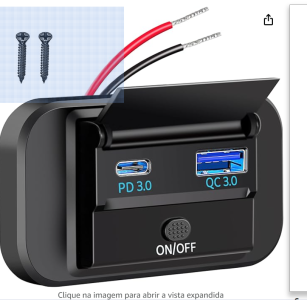vas
Well-Known Member
not sure, this definitely applies for semi flex stuck on the coachroof, but most down here have rigid panels on SS framework so not sure they heat much more than the ambient (which can be high but not excessive imho!)Im getting an impression that people in greece, spain etc think they get more solar but surely its much hotter there so the panels are less efficient as they heat up ?

